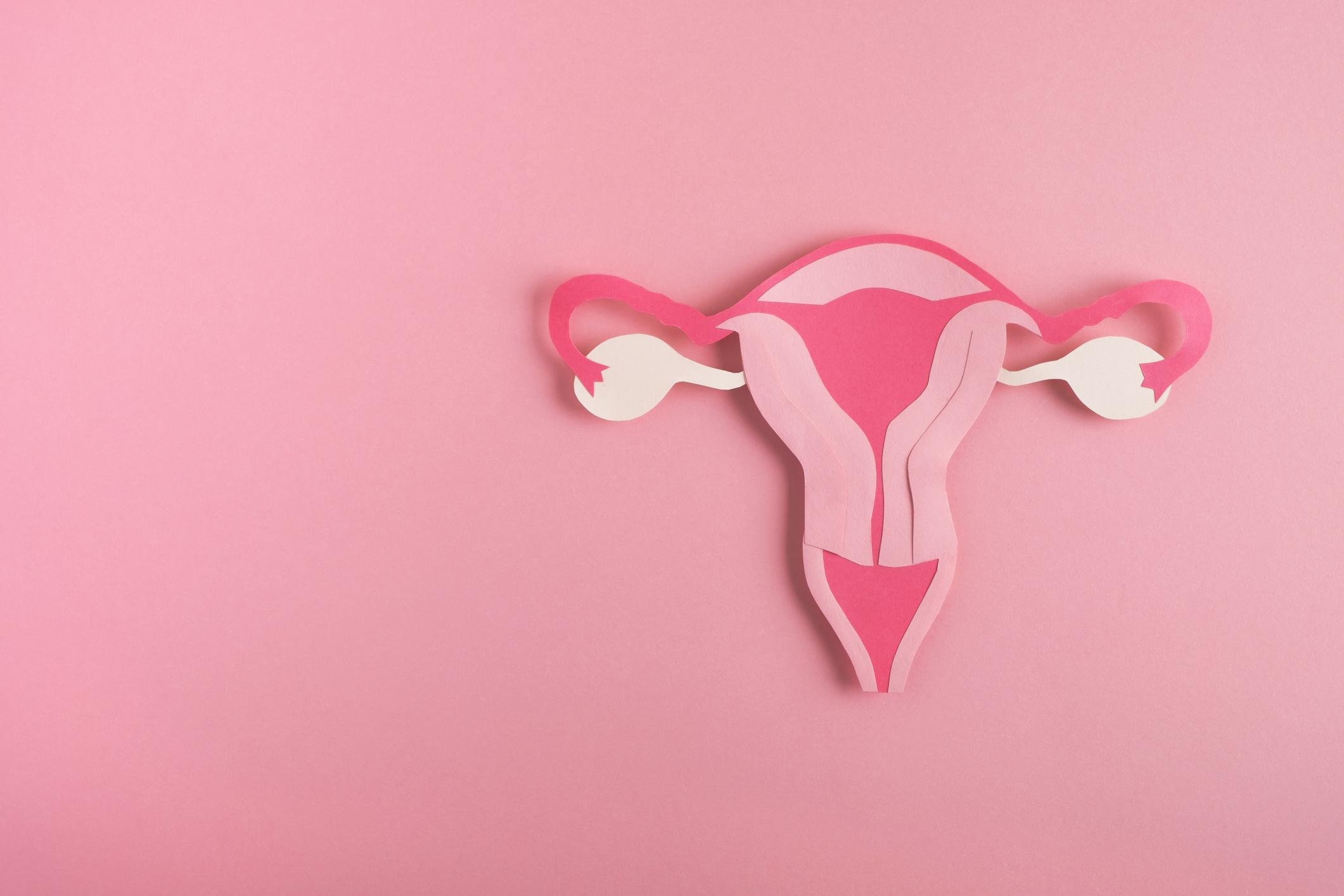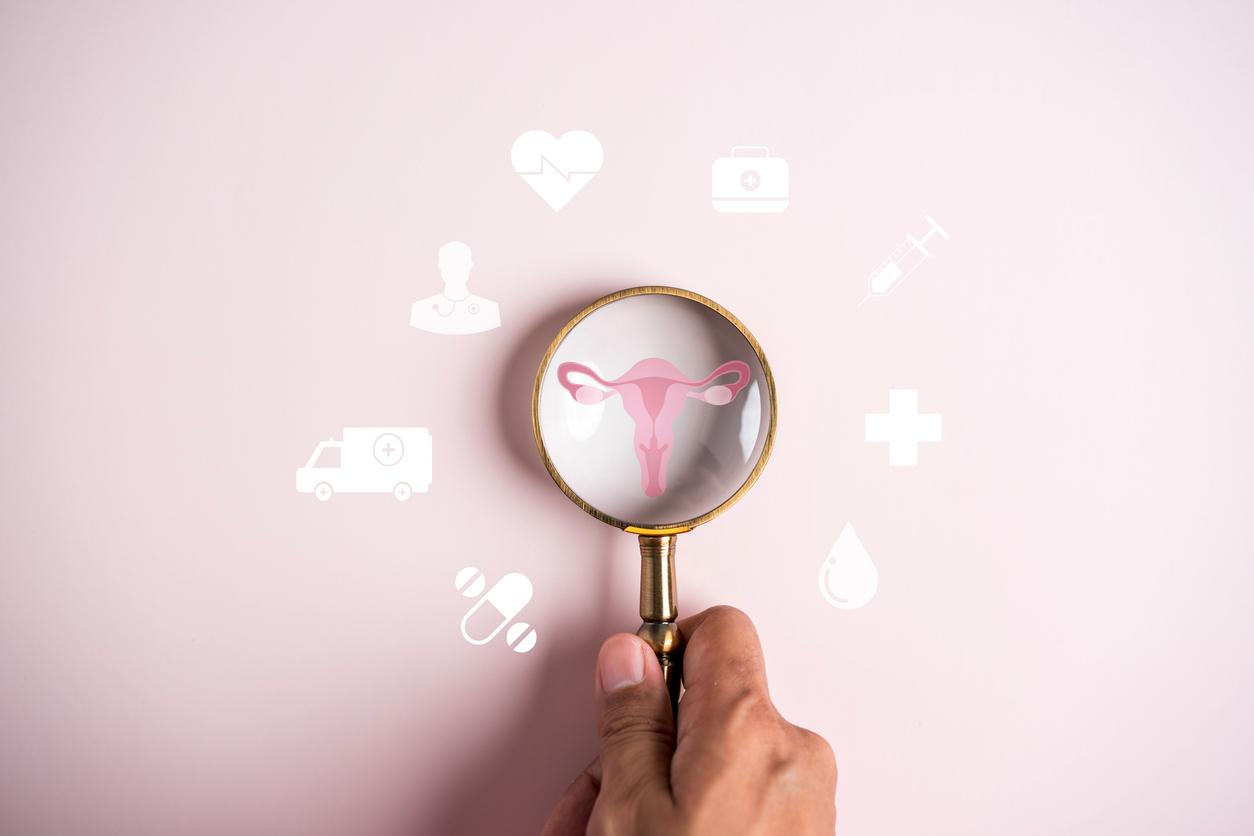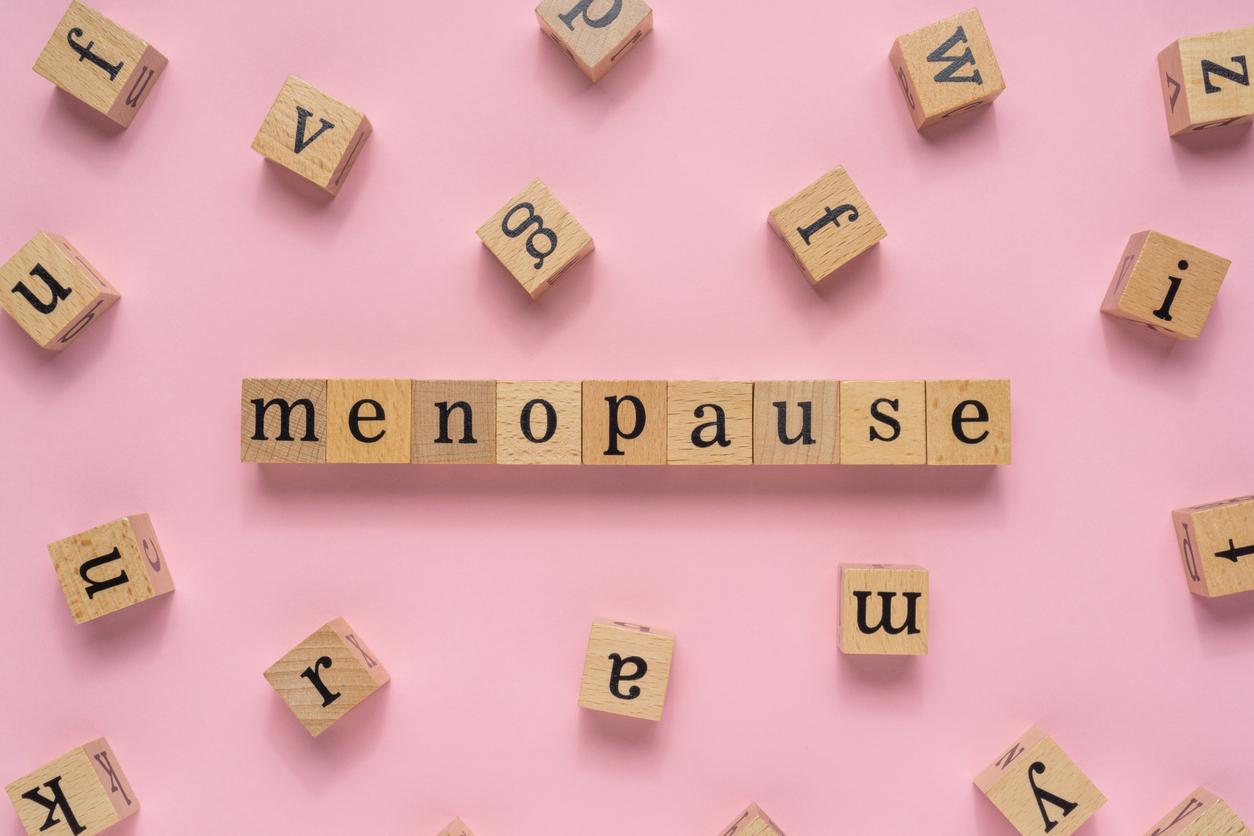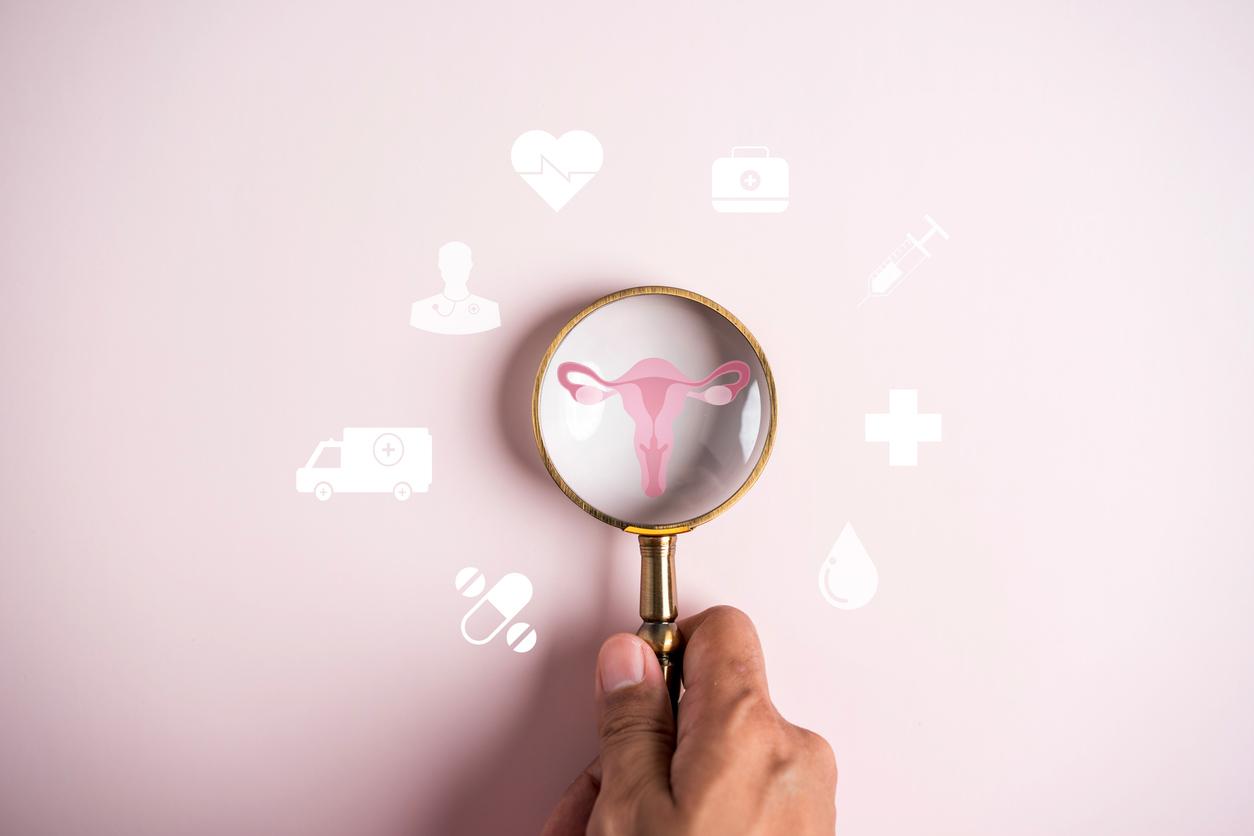Mathematicians and biologists from three American universities joined forces to determine how many years menopause could be delayed by cryopreservation of ovarian tissue.

- New research, based on a mathematical model, indicates that it may be possible to delay the onset of menopause by replanting a woman’s ovarian tissue, removed earlier.
- Menopause could be delayed by 19 years if the tissue is harvested and stored at age 21.
- Delaying or even preventing menopause could help prevent certain health problems related to aging.
In the late 1990s, gynecologist and ovarian biologist Kutluk Oktay from Yale School of Medicine developed a method to harvest ovarian tissue from young cancer patients, freeze it and then transplant it after they underwent cancer treatments that left them postmenopausal and infertile. This reproductive science expert wondered if his technique, called ovarian tissue cryopreservation, could be used on healthy women to delay their menopause. To evaluate the effectiveness of his project, he approached Sean LawleymathematicianUniversity of Utah. The latter has, in fact, developed a mathematical model centered on the aging of the ovaries.
“Over the past few years, we have developed mathematical models of how the ovaries age and what triggers menopause”explains Pr Lawley in a communicated. “It was extremely exciting when he [le Dr Oktay] contacted our group to see if our model could be used to help explore whether their procedure could be used to delay menopause.”
Menopause: it would be possible to delay it by 19 years
The two scientists as well as the ovarian biologist Joshua Johnson from the University of Colorado School worked together to develop a online calculator which determines how many years a woman’s menopause would be delayed by cryopreservation of ovarian tissue based on the four elements: the age of the patient at the time the tissue was preserved, the percentage of ovarian tissue removed, the percentage of follicles present and the number of replacement procedures over a lifetime.
Their algorithm determined that the younger the woman is, when ovarian tissue is preserved, the more her menopause would be delayed. It is estimated that in the case of a single replacement where 25% of the tissue is removed and 80% of the follicles survive the procedure, menopause could be delayed from 19.4 years for a 21-year-old patient to 3.4 years. for a 40 year old woman.
For Sean Lawleyits mathematical model helps to better understand the causes of ovarian aging. This could help in the development of methods to delay the symptoms and consequences of menopause.

Menopause: delay it to stay healthy?
Why try to delay menopause? If the primary interest remains the preservation of fertility, it is not the only one for researchers. “The functioning of the ovaries is better for a woman’s health”reminds him Pr Lawley. “Menopause is associated with many health problems related to cardiovascular disease, bone density, obesity, etc. Keeping the ovaries functioning longer could delay or even prevent these health problems from starting.“
“If ovarian tissue can be frozen at the age of 30, in theory, menopause can even be eliminated in some cases”indicate the authors in the article published in the journal American Journal of Obstetrics and Gynecology in January 2024. “However, the feasibility and safety of delaying menopause beyond age 60 needs to be evaluated clinically.”
















